The Baby bottle is an aid for feeding babies and young children with bottle feeding. It consists of a bottle and a bite-sized attachment made of antibacterial and easy-to-clean material.
What is the baby bottle?

Not all babies are breastfed, although the World Health Organization recommends it. Even breastfeeding babies sometimes need to be fed expressed milk if the mother cannot or does not want to breastfeed them. The baby bottle is used for this.
It is a construction made of a glass or plastic bottle with a screw-off attachment made of soft, easy-to-clean materials. The attachment is based on the mother's breast especially for very small babies and nursing babies, pure bottle babies get mouth-friendly attachments.
The formula can be prepared in the baby bottle by mixing the powder with warm water and shaking the bottle. To give breast milk with the baby bottle, it must first be pumped out, then it can be given to the baby by bottle.
Baby bottles are part of the basic equipment for babies, even if they are first fully breastfed. They can be used well beyond the first year of life.
Shapes, types & types
Parents who have to buy their first baby bottles are understandably overwhelmed by the large selection at first. There are many different designs for baby bottles. The differences start with the size. There are very small baby bottles for newborns as they do not yet have a large capacity. For larger babies and toddlers there are baby bottles with a capacity of up to 240 ml and more, as the children drink more when they are fed. There are specially adapted attachments for the bottle for premature babies, but these are often not available in regular stores. They are adapted to the small mouth and help premature babies to overcome sucking problems.
The most important differences between conventional baby bottle attachments are their shape. There are attachments that are modeled on the mother's breast to make it easier for a breastfeeding baby to switch to the bottle or not to wean him too much from the mother's breast if he is to continue to have it. In addition to this form, the commercially available attachments for baby bottles also include the anti-colic attachments, which prevent air from being swallowed as much as possible in order to alleviate stomach ache and three-month colic.
In addition to the different attachments, different materials are used for the baby bottle itself. Glass and plastic dominate the market, with many parents preferring glass bottles because they are safe from harmful substances.
Structure & functionality
The construction of a baby bottle is very simple and is easy to do even for new parents. The baby bottle consists of the actual bottle, which in addition to an appealing design usually also has a milliliter indication. This can be used to measure exactly how much the baby has drunk and how much food was originally in the bottle.
To calculate how much milk the baby drank from the baby bottle, the remaining amount of bottle formula is deducted from the original filling amount. Precise observation is particularly important in the first few months of life, as parents want or even have to document them.
The attachment has a plastic ring with which it can be screwed onto the baby bottle. There is a plastic plate for the baby bottle to shake prepared powdered formula, which is placed between the bottle and the attachment so that nothing leaks out when shaken.
The only slightly more complicated part of the baby bottle is the attachment itself. When feeding, the bottle must be held the right way round, as the air can then escape through an air hole in the attachment and is not swallowed by the baby. The right side is the one with a small dent on the attachment - it's hard to miss, even if it's small. On closer inspection, you can even see how the air in the milk from the baby bottle escapes through this dent.
Medical & health benefits
Not every baby can be breastfed long enough or at all. Medical treatments for the mother, breast infections, alcohol or cigarette consumption make it partially or completely impossible to breastfeed the baby. Some women simply don't have enough breast milk for their baby.
In these cases, babies used to be in mortal danger - today they can be fed with artificially produced bottle food without any major problems. Some women take advantage of this advantage and, for very individual reasons, decide against breastfeeding and bottle feeding. By then, at the latest, baby bottles are essential.
Modern baby bottles are designed in such a way that typical breastfeeding problems such as stomach ache caused by swallowing air while breastfeeding can be almost completely avoided. Baby bottles are medically recommended when there is no way around bottle feeding or when the mother has to express breast milk.
The medical community still recommends that breast milk is the best source of nutrition for the baby, as it contains everything the baby needs. In principle, a baby can be breastfed for as long as mother and child want and can cope with it. Thereafter, it is recommended to give supplementary or main milk food with a suitable baby bottle at the necessary time.

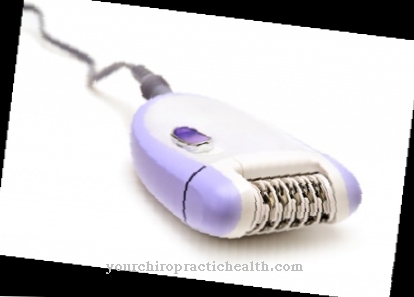
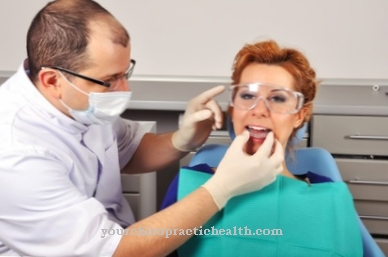
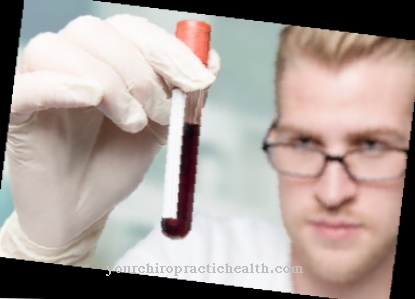
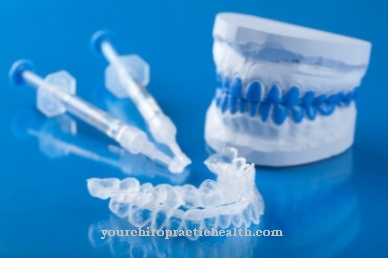
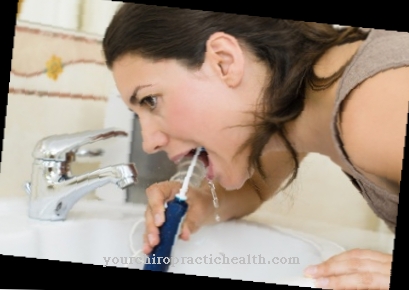



















.jpg)


